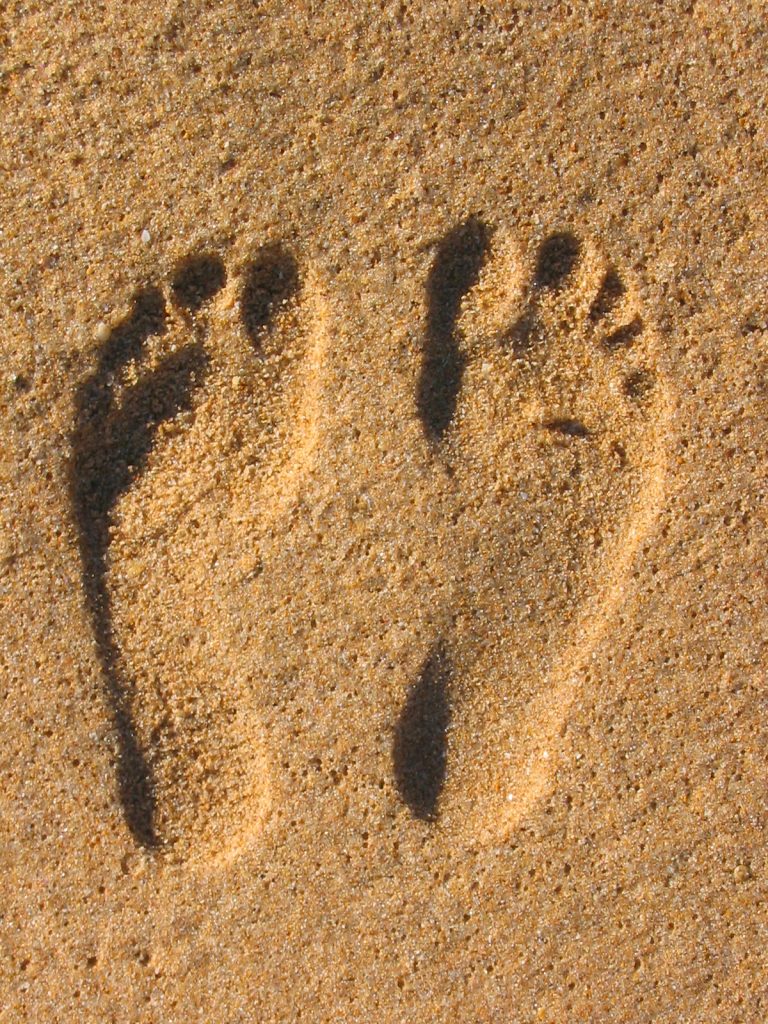 Not all Workers Compensation insurance claim decisions are black and white. Sometimes those claims can include an overlap with other federal statutes that may or may not also provide coverage. When those circumstances arise insurers need to base their decisions on the facts and the law and not for financial gain. If done properly the denial of a valid claim does not automatically subject an insurer to penalties in Louisiana as the following case demonstrates.
Not all Workers Compensation insurance claim decisions are black and white. Sometimes those claims can include an overlap with other federal statutes that may or may not also provide coverage. When those circumstances arise insurers need to base their decisions on the facts and the law and not for financial gain. If done properly the denial of a valid claim does not automatically subject an insurer to penalties in Louisiana as the following case demonstrates.
Global is a temporary employment agency that provides short-term workers for various construction and industrial purposes. On August 21, 2010 Global employee Librado De La Cruz sustained an injury while cleaning a beach impacted by the Deepwater Horizon oil spill. Global’s workers’ compensation insurer, Commerce and Industry Insurance Company (“Chartis”), denied the claim, refusing to provide benefits, because the insurer believed the employee’s eligibility for benefits under the federal Longshore and Harbor Workers’ Compensation Act (LHWCA) relieved its obligation. Global believed this decision was not only wrong but that it was also made in made bad faith so they filed a lawsuit to challenge Chartis.
De La Cruz’s activities on August 21 brought into question whether or not the Chartis workers’ compensation policy covered his injury. He spent two hours that day loading and unloading a vessel at the pier. He then spent the next six or seven hours cleaning the beaches. While cleaning the beaches, he allegedly sustained the injury lifting a bag of oil-laden sand that would later be loaded onto a truck and transferred to a vessel for removal. The location of his injury was a few feet from Gulf waters and around a half-mile from the pier at which the vessel was docked. His duties and location were not in dispute.
 Louisiana Personal Injury Lawyer Blog
Louisiana Personal Injury Lawyer Blog


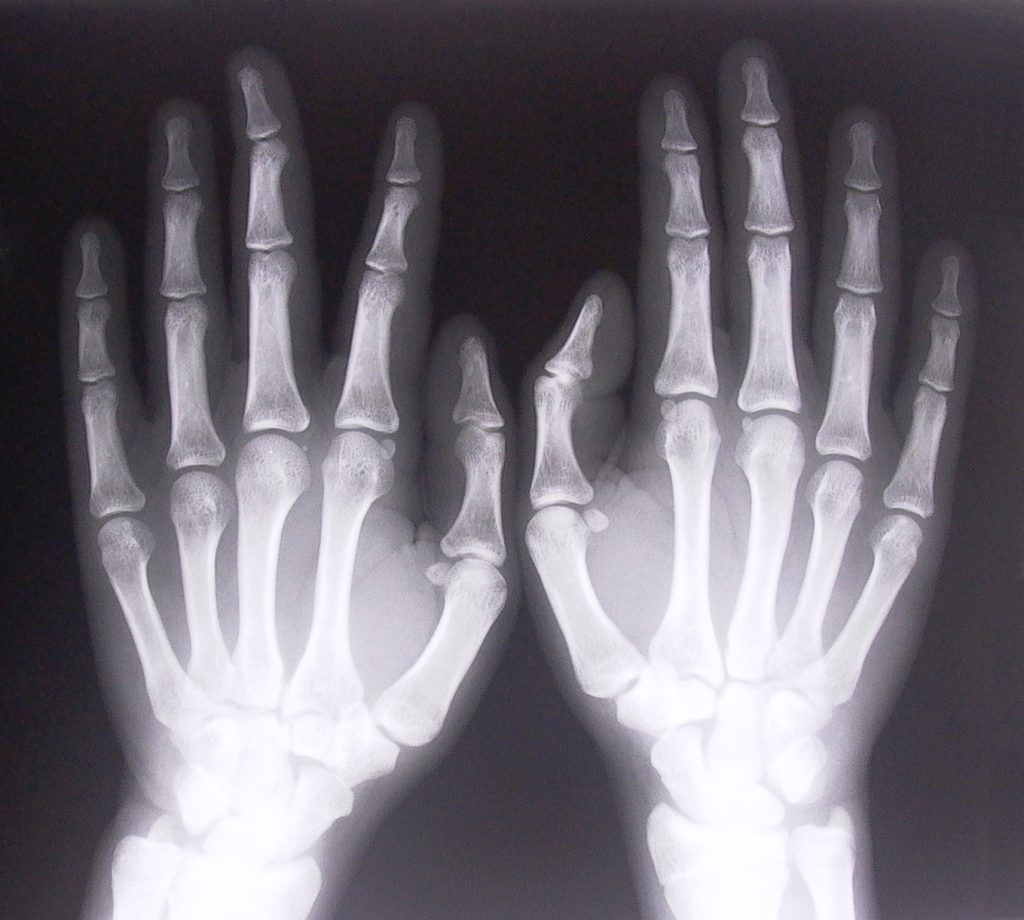 Sometimes you get hurt while working and it’s neither your fault nor your employer’s fault. In those cases the person that hurt you is called a “Third-Party Tortfeasor.” However, because you were hurt while working you may have rights to not only sue the person who hurt you but to also receive workers compensation benefits. Beware though, there are strict statutory rules that apply that dictate when you must file for medical and other benefits owed to you under the Louisiana Workers Compensation laws. The following case out of Calcasieu Parish shows why you need to consult the best workers compensation lawyer immediately upon an injury that occurs while on the job.
Sometimes you get hurt while working and it’s neither your fault nor your employer’s fault. In those cases the person that hurt you is called a “Third-Party Tortfeasor.” However, because you were hurt while working you may have rights to not only sue the person who hurt you but to also receive workers compensation benefits. Beware though, there are strict statutory rules that apply that dictate when you must file for medical and other benefits owed to you under the Louisiana Workers Compensation laws. The following case out of Calcasieu Parish shows why you need to consult the best workers compensation lawyer immediately upon an injury that occurs while on the job. Imagine growing up with a genetic disorder and having to struggle with the difficulties that these disorders bring to people and their loved ones. Nobody chooses to have a genetic disorder, and if severe enough the disorder can cause major setbacks in a person’s life. Even with protections in place like genetic non-discrimination laws, many people throughout the country are denied health care coverage by their insurance providers because they have genetic disorders. Insurance companies do not want to provide coverage to these people because they are more of a “risk.” This can be very frustrating for the individual, especially because health care is so expensive today.
Imagine growing up with a genetic disorder and having to struggle with the difficulties that these disorders bring to people and their loved ones. Nobody chooses to have a genetic disorder, and if severe enough the disorder can cause major setbacks in a person’s life. Even with protections in place like genetic non-discrimination laws, many people throughout the country are denied health care coverage by their insurance providers because they have genetic disorders. Insurance companies do not want to provide coverage to these people because they are more of a “risk.” This can be very frustrating for the individual, especially because health care is so expensive today.  Courts are not perfect, and sometimes they do not always render the correct decision. When a court makes an error in their judgment it can be very frustrating for all of the parties involved. Error can be very costly especially when a major issue, like finding coverage for a victim of an automobile accident under an umbrella insurance policy, needs to be determined. Both the plaintiff and defendant wants the court to look in their favor, but it is also the responsibility of the court to make an error free and accurate decision that is fair and just to both sides.
Courts are not perfect, and sometimes they do not always render the correct decision. When a court makes an error in their judgment it can be very frustrating for all of the parties involved. Error can be very costly especially when a major issue, like finding coverage for a victim of an automobile accident under an umbrella insurance policy, needs to be determined. Both the plaintiff and defendant wants the court to look in their favor, but it is also the responsibility of the court to make an error free and accurate decision that is fair and just to both sides. 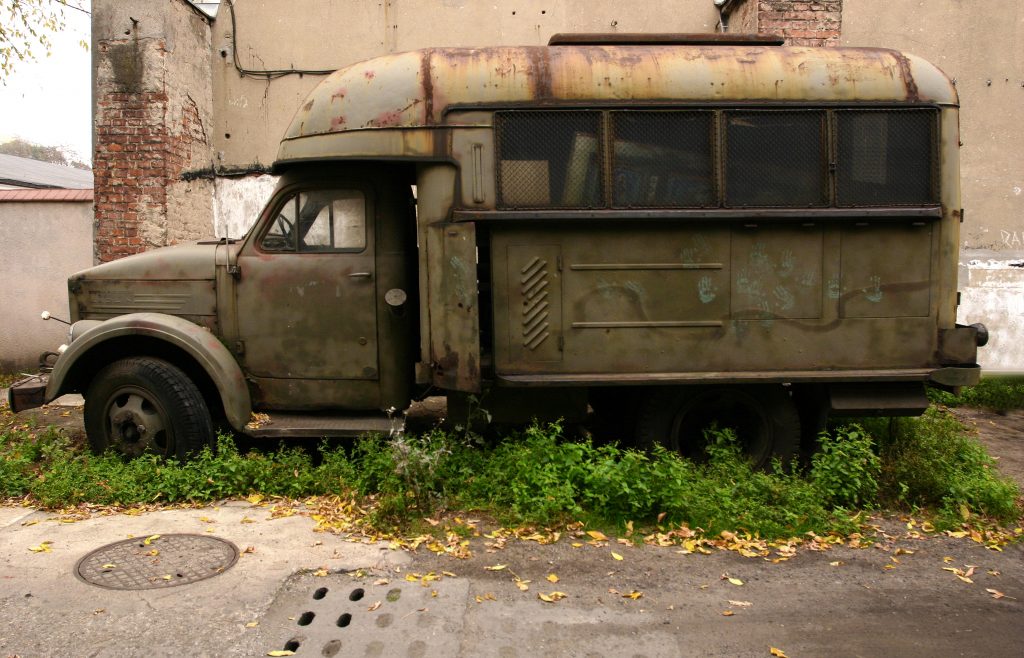 Has your business sought to avoid litigation over its insured business activities by negotiating an out of court settlement? Louisiana business Meyers Warehouse, Inc. (“Meyers) pursued this route assuming its insurer, Canal Indemnity Company (“Canal”), would join Meyers in settlement negotiations. However, to its surprise, Canal refused to participate in Meyers’s defense. Unfortunately for Meyers, it misinterpreted key terms within its insurance policy specifying when Canal’s duty to defend it against claims and lawsuits arises.
Has your business sought to avoid litigation over its insured business activities by negotiating an out of court settlement? Louisiana business Meyers Warehouse, Inc. (“Meyers) pursued this route assuming its insurer, Canal Indemnity Company (“Canal”), would join Meyers in settlement negotiations. However, to its surprise, Canal refused to participate in Meyers’s defense. Unfortunately for Meyers, it misinterpreted key terms within its insurance policy specifying when Canal’s duty to defend it against claims and lawsuits arises.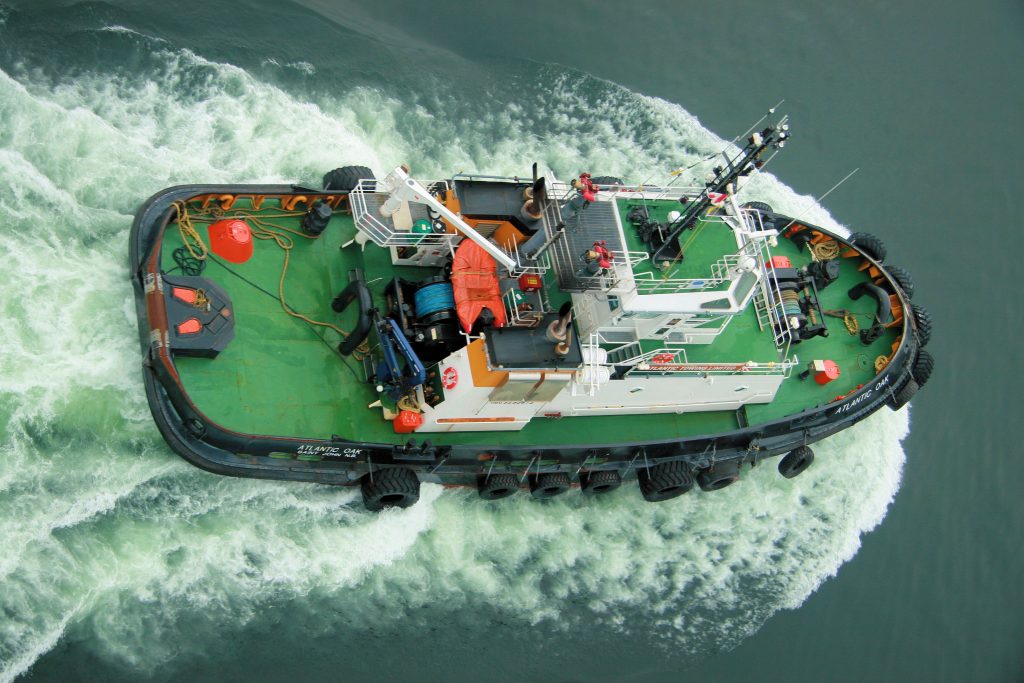
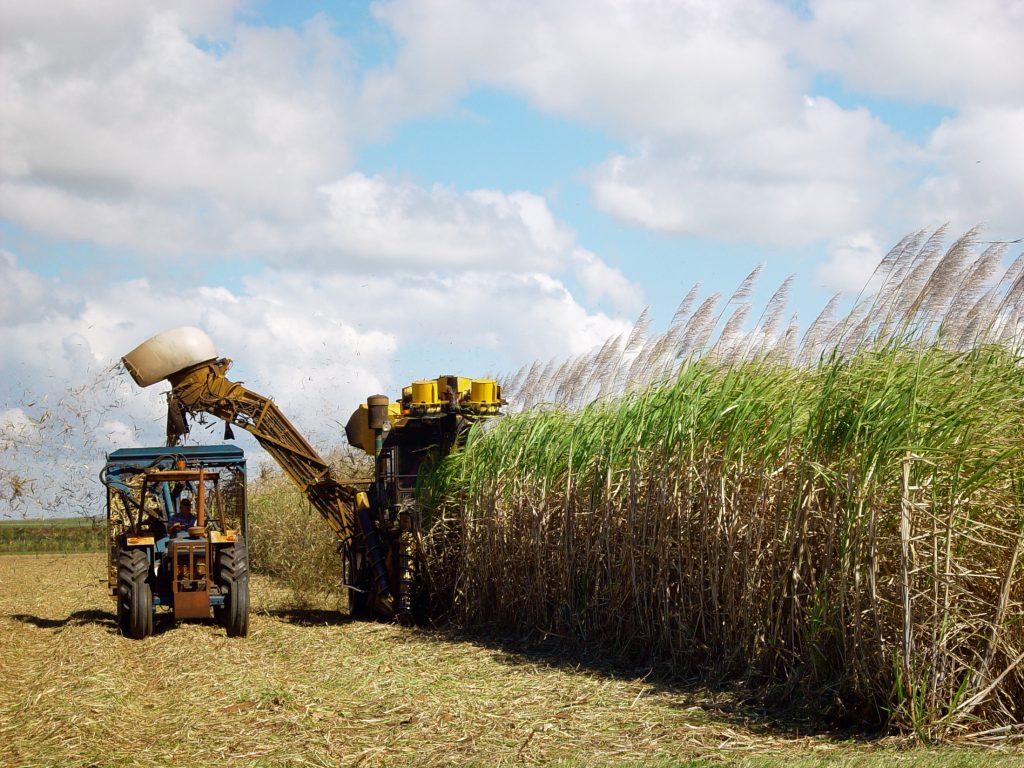
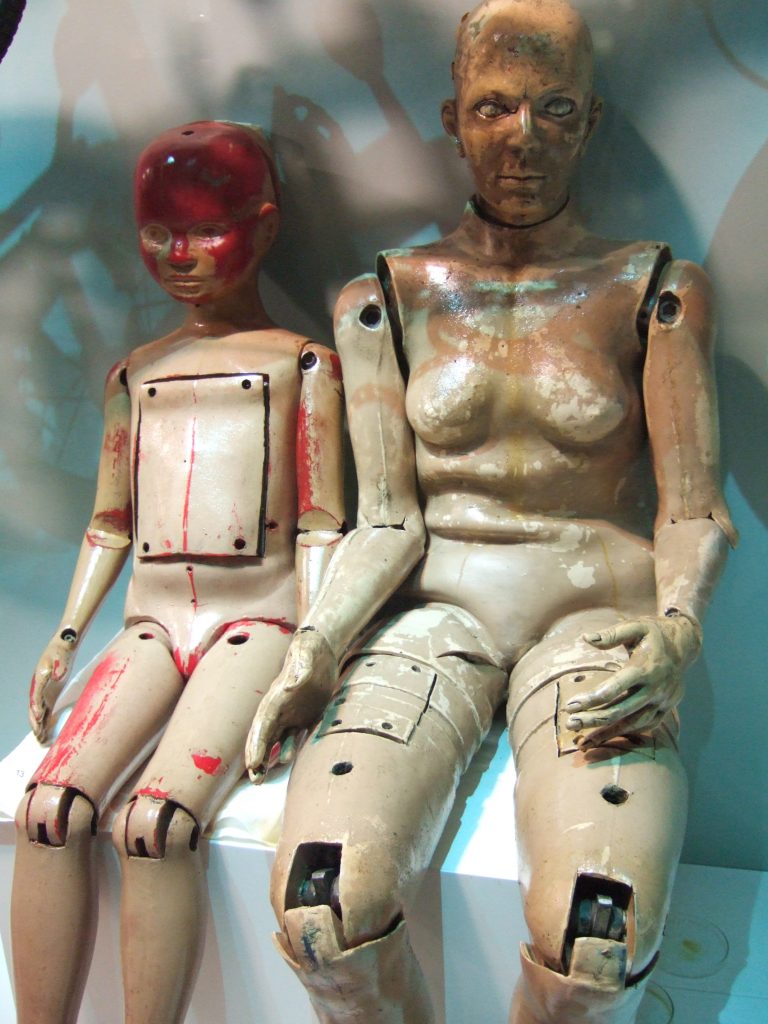 Car accidents are among the most common reasons for a lawsuit. An average car accident is often difficult to conclude which party is at fault. Issues are further complicated if insurance claims are involved. Who is truly at fault for the accident if a vehicle malfunctioned? A trial becomes increasingly complex if a Plaintiff claims that a company is at fault for his injuries. Specific elements are required for a successful trial.
Car accidents are among the most common reasons for a lawsuit. An average car accident is often difficult to conclude which party is at fault. Issues are further complicated if insurance claims are involved. Who is truly at fault for the accident if a vehicle malfunctioned? A trial becomes increasingly complex if a Plaintiff claims that a company is at fault for his injuries. Specific elements are required for a successful trial.  Accidents occur in daily life. Often, severe injuries result. However, prison accidents rarely are discussed. Prisoners who are victims of accidents while serving time are often provided with the same legal protections as an average person.
Accidents occur in daily life. Often, severe injuries result. However, prison accidents rarely are discussed. Prisoners who are victims of accidents while serving time are often provided with the same legal protections as an average person. 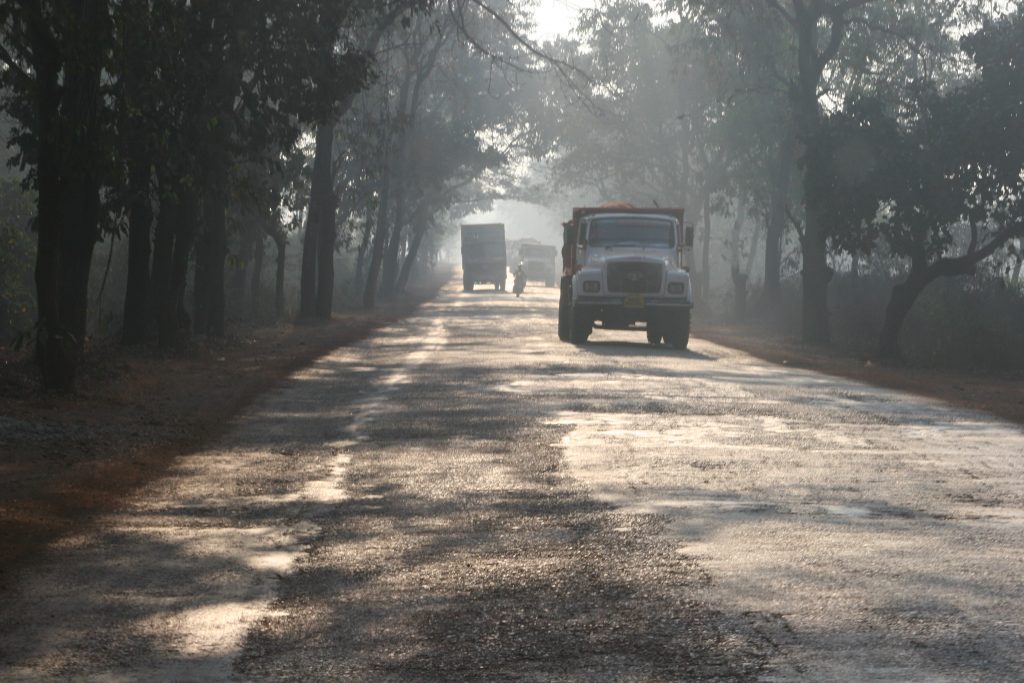 What happens if the trial court makes a mistake? The case can work its way through the court of appeals and even the state supreme court just to be sent back to trial court to begin again. This case involves a lawsuit filed in Louisiana court by a transportation company (“Star”) against another corporation (“Pilot”). Star is a national trucking company and Pilot owns a collection of truck stops that supply fuel to Star.
What happens if the trial court makes a mistake? The case can work its way through the court of appeals and even the state supreme court just to be sent back to trial court to begin again. This case involves a lawsuit filed in Louisiana court by a transportation company (“Star”) against another corporation (“Pilot”). Star is a national trucking company and Pilot owns a collection of truck stops that supply fuel to Star.